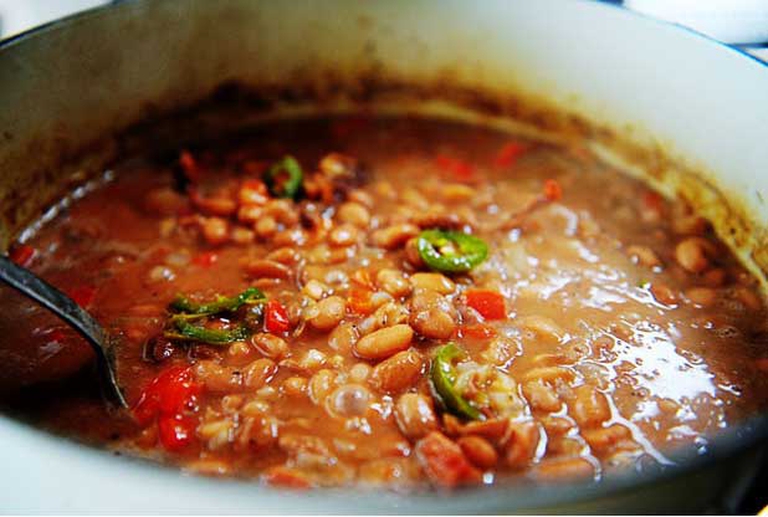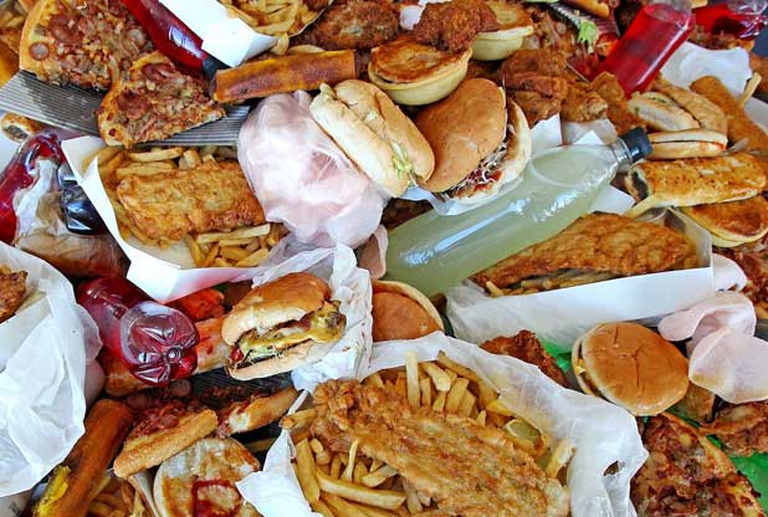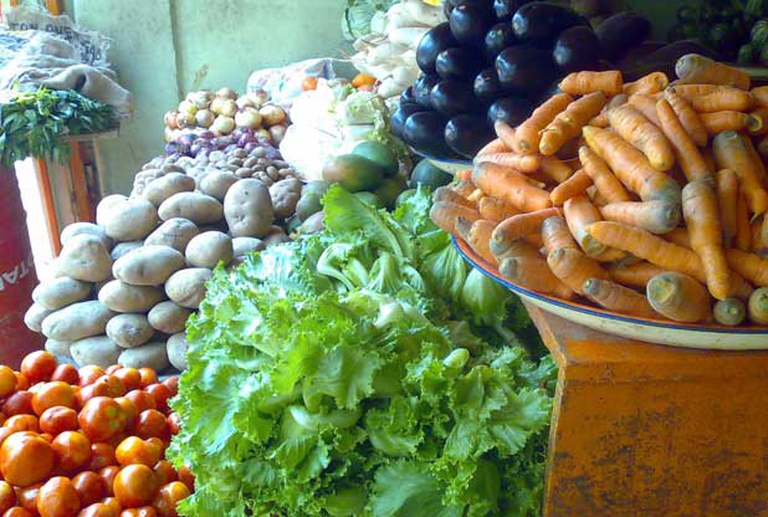
Factory farming conditions and antibiotic-resistant pathogens emerging as a result of them pose an existential threat to humans in the form of zoonotic diseases. Why it’s time to produce and consume food more thoughtfully.
The first is an anticancer diet, the second is fat and meat-heavy and it increases the risk of contracting the disease. And their results can be seen only after two weeks.
Two weeks of eating the “wrong” diet affect the intestinal flora insomuch as they can increase the odds of colon cancer. On the contrary, two weeks of “right” diet help developing healthy bacteria that reduce the risk of contracting this illness. A team of scientists at Imperial College, London, and the University of Pittsburgh found this after having forty people swap their diets for two weeks.
Basically, researchers asked twenty African Americans from Pittsburgh to replace their diet, rich in fatty foods and meat, with the traditional African legume and vegetable-rich meals. Twenty rural South African living in KwaZulu-Natal were requested to eat a Western diet high in fats and animal proteins and poor in fibres.

After the diet-switch period, researchers carried out a test on all volunteers and found that African Americans who had embraced the traditional African diet showed reduced bowel inflammation and increased production of butyrate, a fatty acid that prevents colon cancer risk. Vice versa, after two weeks, Africans who had eaten Western diet presented gut bacteria linked to increased odds of bowel cancer.

“We were astounded at the degree of change. We thought we’d find a few changes here and there when they swapped diets, but this mirror image was totally unexpected “, said Stephen O’Keefe, author of the study published in Nature Communications. “It is likely never too late to change your diet to change your risk of colon cancer”, he added.

According to the scientists, only time may give the guarantee that, by switching diet the African group will develop cancer and the African American won’t. But Jeremy Nicholson, co-author of the study at the Imperial College, underlined that changes observed in the intestinal bacterial flora are unmistakable signs of cancer.
Siamo anche su WhatsApp. Segui il canale ufficiale LifeGate per restare aggiornata, aggiornato sulle ultime notizie e sulle nostre attività.
![]()
Quest'opera è distribuita con Licenza Creative Commons Attribuzione - Non commerciale - Non opere derivate 4.0 Internazionale.
Factory farming conditions and antibiotic-resistant pathogens emerging as a result of them pose an existential threat to humans in the form of zoonotic diseases. Why it’s time to produce and consume food more thoughtfully.
The world of cinema recognises the link between food choices and the climate crisis by offering vegan menus for awards season events, including at the most important of them all: the Oscars.
Let’s look at the reasons behind the growth of veganism in India, as a small yet vocal section of the population turns towards this diet and lifestyle in the largest milk producing country in the world.
by Jeffrey Y. Campbell, Manager of the Forest and Farm Facility at FAO In the Ecuadorian Amazon, Kichwa farmers grow dozens of products on tiny parcels of land. Their lands hum with biodiversity, yielding nutritious foods that have sustained families for generations. Wandering among fruit and nut trees and crops, these indigenous agroforesters fill their baskets
Mint has many health benefits, but in food it’s often accompanied by artificial green colourings. Instead, Galatea has created a green mint ice cream in a completely natural way.
We’re talking about Galatea, a company that produces semi-finished products for artisanal ice creams using high quality ingredients, natural colouring, excluding thickeners and hydrogenated fats, respecting the environment and supporting the less fortunate.
The mad rush to fake food, like fake meat made with genetically-modified soy, ignores the importance of the diversity of our foods and culinary cultures. It’s a recipe to accelerate the destruction of the Planet and our health.
Like with all foods, the quality of an ice cream can be discerned by reading its label. An expert explains how to do this, and tells us how their company steers clear of chemicals, using only natural ingredients to produce an excellent and “free” ice cream.
Quality ingredients, no artificial colouring and hydrogenated fats. These are the main features of a great ice cream. But what makes an ice cream parlour “good”, i.e. sustainable?







